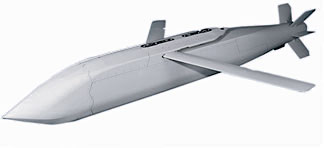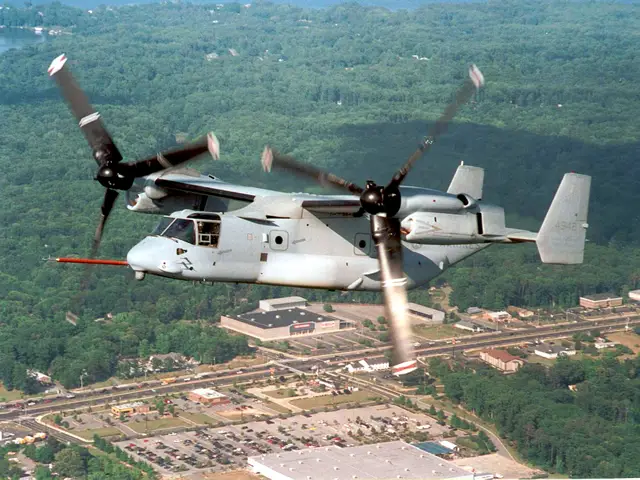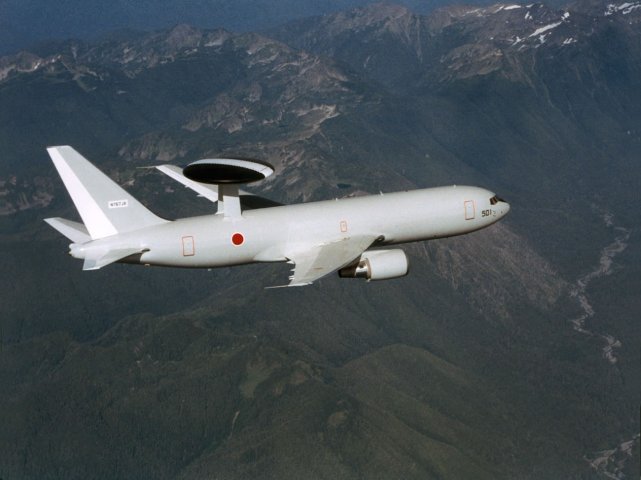 |
| Representatives of Lockheed Martin and Navy at the ceremonial reopening of the MK 41 Vertical Launching System. Photo: courtesy of Lockheed Martin Corporation. |
Lockheed Martin has introduced an upgraded MK 41 vertical launching system (VLS) production line at its Middle River, Maryland facility, US.
Under a previously awarded $235.3m firm-fixed-price contract by the US Navy, which extends until 2022, Lockheed designed and developed MK 41 VLS electronic and mechanical modules and related equipment.




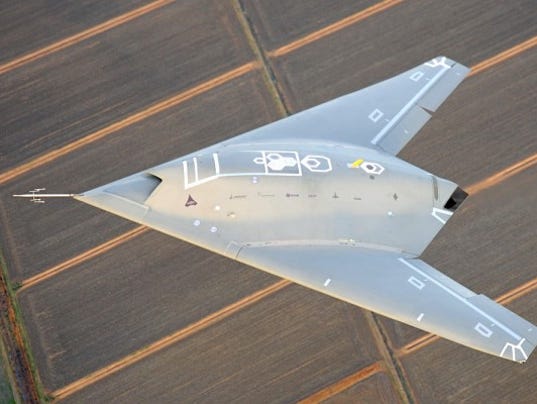

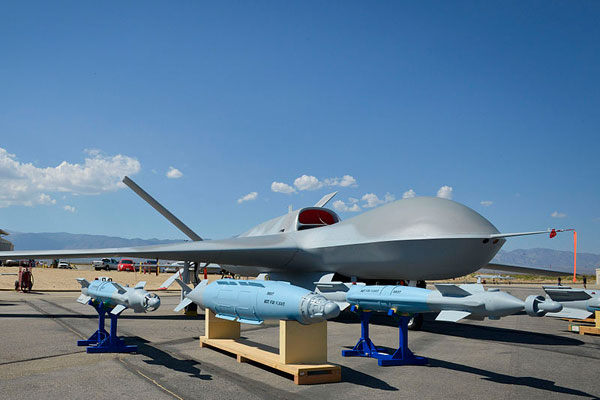




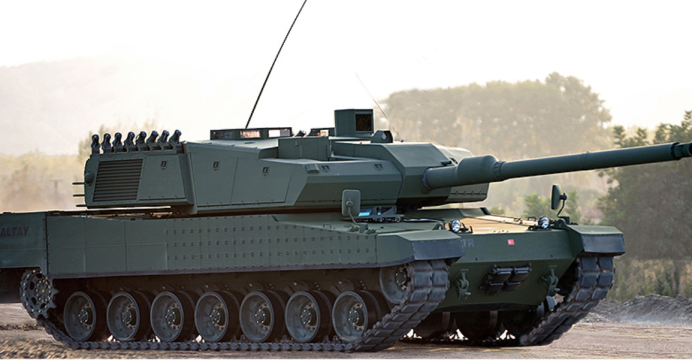












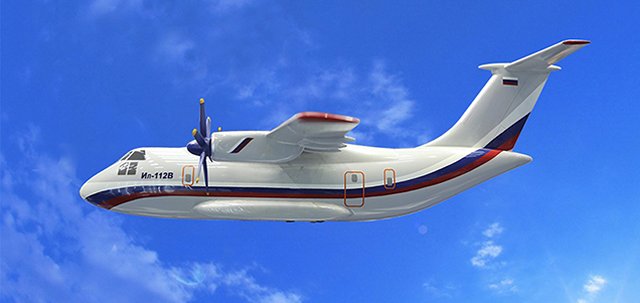

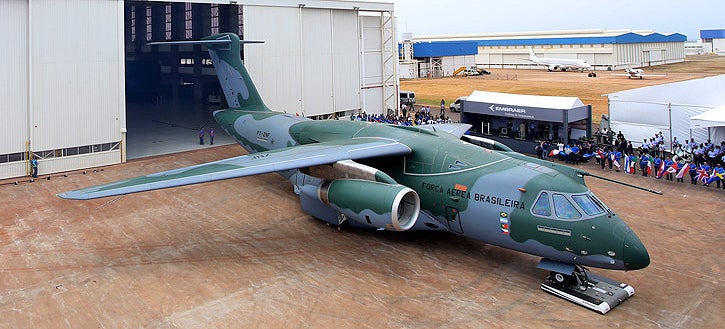









.jpg)

